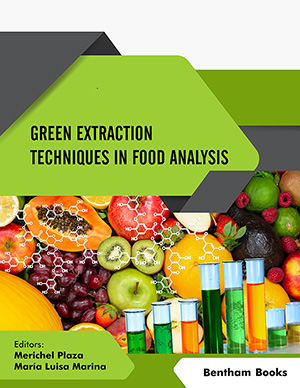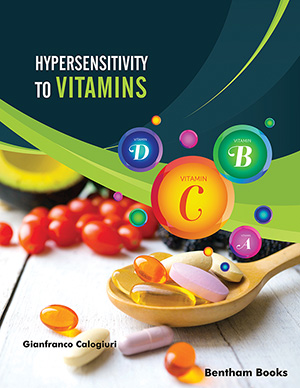Abstract
Objective: The aim of this study was to investigate the dose-dependent toxic effect of SIF supplementation.
Methods: Single doses of 0, 100, 500, and 1000 mg/kg bw of SIF were administered by gastrogavage to male and female Wistar rats (6/sex/group). Same dosages were gastrogavaged daily over a period of 30 days, the animals were fed with a standard ration added of 20% soybean-based protein bar (weight/weight) ad libitum. Food consumption, Body weight, organ weights, hematological and biochemical parameters were measured, and then the organs were necropsied and examined histologically.
Results: A single dose of 1000 mg/kg bw did not cause any behavioral alteration, toxicity symptoms, or death. The SIF at 1000 mg/kg bw/day for 30 days exhibited increasing a relative liver weight in the female. In this same dosage, a decrease in relative liver, lungs, kidneys, spleen and heart weight was observed among males. A minimal alteration in enzymes or biochemical markers of liver function was observed in female and male rats, but this was not considered adverse since there were no supporting clinical or histopathologic findings.
Conclusion: The acute toxicity test indicates that SIF has a high margin of safety as shown by the LD50 and according to subacute test the No-observed-adverse-effect level (NOAEL) of SIF was estimated to be 100 mg/kg/day. However, the chronic toxicity cannot be estimated.
Keywords: Acute toxicity, glycine max, phyto-oestrogen, rodents, subacute toxicity, supplementation.

























